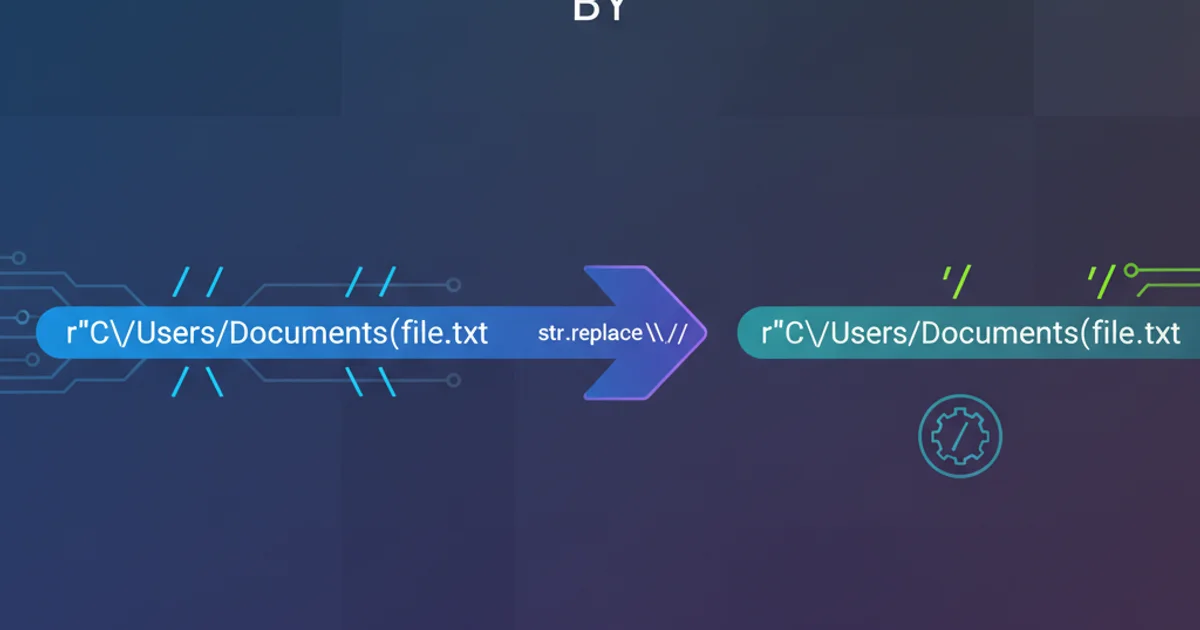Can a struct have a constructor in C++?
Categories:
Can a Struct Have a Constructor in C++?

Explore the capabilities of C++ structs, including their ability to define constructors, methods, and access specifiers, blurring the lines with classes.
In C++, the distinction between struct and class is often a source of confusion, especially for newcomers. While historically struct was associated with plain old data (POD) types and class with object-oriented programming, modern C++ has significantly blurred these lines. A common question that arises is whether a struct can have a constructor. The short answer is: Yes, absolutely! This article will delve into the capabilities of C++ structs, demonstrating how they can include constructors, methods, and even access specifiers, making them far more powerful than their C counterparts.
Structs vs. Classes: The Key Difference
The primary and almost sole difference between a struct and a class in C++ lies in their default member access specifier and default base class access specifier. For structs, both are public by default, whereas for classes, both are private by default. Beyond this, their capabilities are virtually identical. This means a struct can have:
- Constructors (default, parameterized, copy, move)
- Destructors
- Member functions (methods)
- Static members
- Inheritance
- Polymorphism
- Access specifiers (
public,private,protected) - Templates
flowchart TD
A[C++ Type Definition] --> B{Default Access?}
B -- Yes, `struct` --> C[Members are `public` by default]
B -- Yes, `class` --> D[Members are `private` by default]
C --> E[Can have Constructors, Methods, Inheritance, etc.]
D --> E
E --> F[Functionally Identical Beyond Defaults]Flowchart illustrating the primary distinction between C++ structs and classes.
Implementing Constructors in a Struct
Just like classes, structs can define various types of constructors to initialize their member variables. This allows for proper object initialization and ensures that struct instances are in a valid state upon creation. Let's look at an example demonstrating a default constructor, a parameterized constructor, and a copy constructor within a struct.
#include <iostream>
#include <string>
// Define a struct with constructors and methods
struct Point {
int x;
int y;
std::string label;
// Default constructor
Point() : x(0), y(0), label("Origin") {
std::cout << "Default constructor called for " << label << " (" << x << ", " << y << ")\n";
}
// Parameterized constructor
Point(int initialX, int initialY, const std::string& initialLabel)
: x(initialX), y(initialY), label(initialLabel) {
std::cout << "Parameterized constructor called for " << label << " (" << x << ", " << y << ")\n";
}
// Copy constructor
Point(const Point& other) : x(other.x), y(other.y), label("Copy of " + other.label) {
std::cout << "Copy constructor called for " << label << " (" << x << ", " << y << ")\n";
}
// Member function
void print() const {
std::cout << label << ": (" << x << ", " << y << ")\n";
}
};
int main() {
// Using default constructor
Point p1;
p1.print();
// Using parameterized constructor
Point p2(10, 20, "MyPoint");
p2.print();
// Using copy constructor
Point p3 = p2;
p3.print();
// Demonstrate direct member access (due to default public)
p1.x = 5;
p1.y = 5;
p1.label = "NewOrigin";
p1.print();
return 0;
}
C++ struct demonstrating default, parameterized, and copy constructors, along with a member function.
When you run the code above, you'll observe the output from each constructor call, confirming their execution. This example clearly illustrates that structs are fully capable of managing their own initialization logic.
When to Use Struct vs. Class
Given their near-identical capabilities, the choice between struct and class often comes down to convention and readability:
- Use
structfor POD-like types or simple data aggregates: When you primarily intend to group data together, and the members are expected to be publicly accessible, astructis often preferred. It signals to other developers that the type is primarily a data container. - Use
classfor complex objects with encapsulated behavior: When you're designing a type that has significant behavior, maintains invariants, and where data encapsulation (private members) is crucial, aclassis the conventional choice. It emphasizes the object-oriented nature and controlled access to its internal state.
Ultimately, the compiler treats them almost identically. The choice is largely semantic, guiding developers on the intended use and default access patterns.
structs can have private members, it's generally considered better practice to use class when you intend to enforce encapsulation with private or protected access specifiers, as it aligns with the default expectations for class.